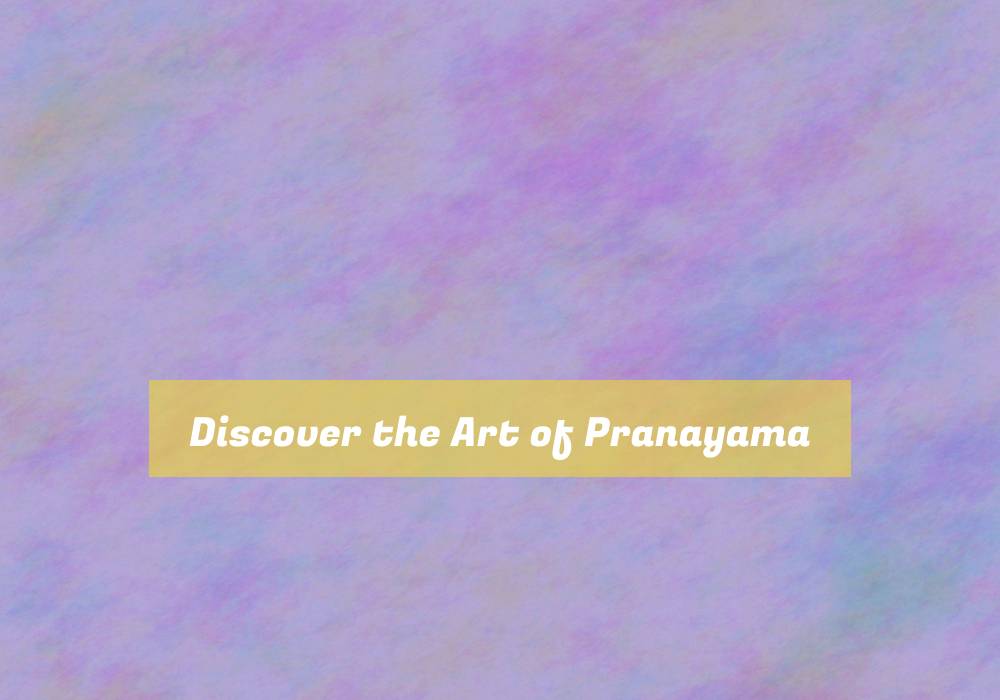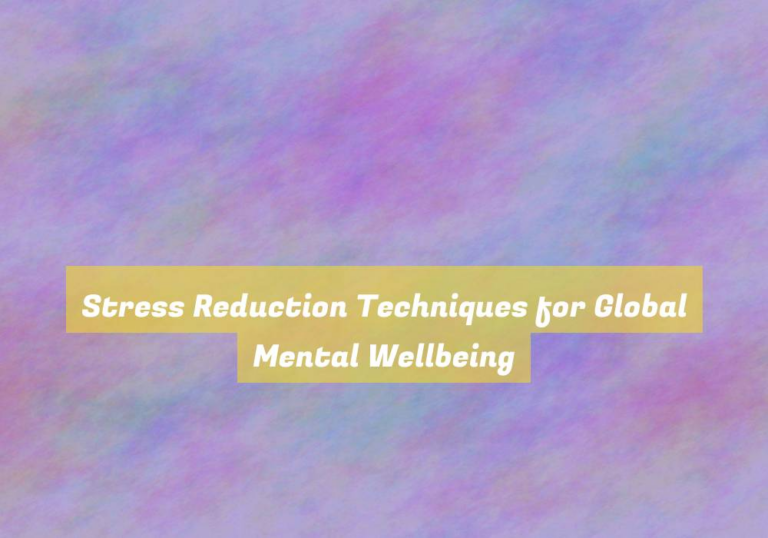Discover the Art of Pranayama
You might think that adding one more thing to your already packed schedule could be overwhelming, but what if this one thing had the potential to transform your life?
Pranayama, the ancient yogic practice of controlling the breath, offers a gateway to improved physical, mental, and emotional well-being.
But itG??s not just about taking deep breaths; itG??s a profound art that can lead to a deeper connection with yourself and the world around you.
So, how exactly can the art of pranayama enhance your life?
Origins of Pranayama
The origins of Pranayama can be traced back to ancient Indian scriptures and texts, where it was developed as a practice to control and harness the breath for physical, mental, and spiritual well-being. The word G??PranayamaG?? is derived from two Sanskrit words: G??Prana,G?? meaning life force or vital energy, and G??Ayama,G?? meaning to extend or draw out. This ancient practice has its roots in the Vedic tradition and is mentioned in the Upanishads, which are ancient texts that form the basis of Hindu philosophy.
Pranayama was developed as a way to connect the physical body with the mind and spirit. ItG??s considered one of the eight limbs of yoga, as outlined in the Yoga Sutras of Patanjali. The practice of Pranayama was believed to balance the doshas (bodily humors), purify the nadis (subtle energy channels), and calm the fluctuations of the mind. It was also seen as a means to prepare the body and mind for meditation.
Over time, various schools of yoga have developed their own approaches to Pranayama, each with specific techniques and benefits. Today, Pranayama continues to be an integral part of yoga practice, offering a wide array of breathing exercises aimed at promoting physical health, mental clarity, and spiritual growth.
Benefits of Pranayama
When practicing Pranayama, you can experience a wide range of benefits that positively impact your physical, mental, and spiritual well-being.
Firstly, on a physical level, Pranayama techniques can help improve your respiratory function, increase lung capacity, and enhance overall vitality. By practicing controlled breathing, you can also reduce stress and anxiety, leading to a calmer state of mind and improved mental clarity. Additionally, the deep, rhythmic breathing involved in Pranayama can help regulate your autonomic nervous system, promoting relaxation and reducing the effects of chronic stress on your body.
Moreover, the practice of Pranayama can support your spiritual well-being by helping you connect with your inner self and cultivate a sense of inner peace and harmony. By bringing awareness to your breath, you can enhance your mindfulness and deepen your meditation practice, fostering a greater sense of spiritual awareness and self-realization.
Techniques of Pranayama
To deepen your understanding of Pranayama, itG??s essential to explore the various techniques that are integral to this ancient practice.
One fundamental technique is the G??DirghaG?? or three-part breath. This involves breathing deeply into the abdomen, then expanding the ribcage, and finally filling the upper chest with air.
Another technique is G??Nadi Shodhana,G?? also known as alternate nostril breathing, which aims to balance the two hemispheres of the brain and purify the energy channels.
G??KapalabhatiG?? is a more dynamic technique that involves forceful exhalations followed by passive inhalations, promoting detoxification and energizing the body.
G??BhramariG?? involves making a gentle, buzzing sound during exhalation, which can help calm the mind and reduce stress.
G??SitaliG?? and G??SitkariG?? are cooling breath techniques that involve inhaling through the mouth with the tongue rolled or the teeth clenched, respectively. These techniques can help cool the body and calm the mind.
Lastly, G??UjjayiG?? involves creating a soft hissing sound at the back of the throat during both inhalation and exhalation, promoting focus and concentration.
Each of these techniques offers unique benefits and plays a vital role in the practice of Pranayama.
Integrating Pranayama Into Daily Life
Integrating Pranayama into your daily routine can enhance your overall well-being and mindfulness. Start by setting aside a specific time each day for your pranayama practice. Whether itG??s in the morning to energize yourself for the day ahead or in the evening to unwind and relax, finding a consistent time will help make it a habit. Begin with just a few minutes of pranayama and gradually increase the duration as you become more comfortable with the practice.
Incorporating pranayama into your daily life doesnG??t always have to be a separate activity. You can also integrate it into your yoga practice or combine it with meditation. Focusing on your breath during yoga or meditation can deepen your awareness and connection to the present moment.
Additionally, you can bring awareness to your breath throughout the day, even during mundane activities like walking or sitting at your desk. This mindful breathing can help reduce stress and bring a sense of calm to your day.
Conclusion
Now that youG??ve learned about the art of Pranayama, take the time to integrate these techniques into your daily life.
The benefits of Pranayama are numerous, and by practicing these breathing exercises regularly, you can improve your physical, mental, and emotional well-being.
Take a few moments each day to practice Pranayama and experience the transformative power of this ancient practice.





